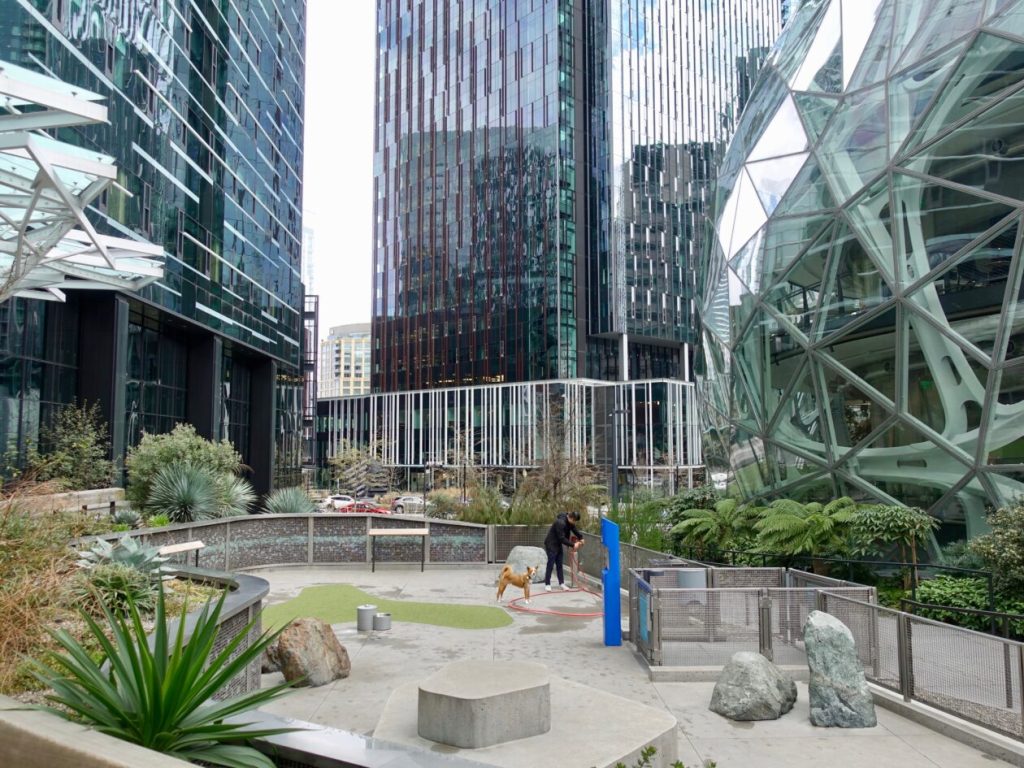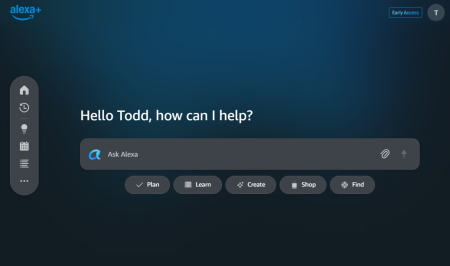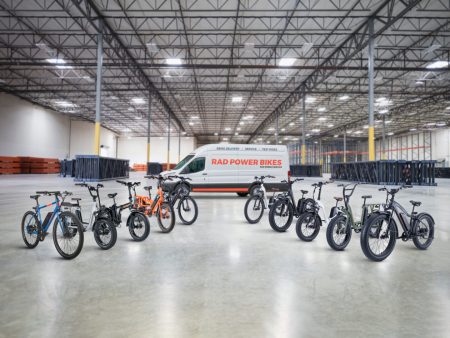Amazon Braces for Major Layoffs Amid AI Push and Post-Pandemic Adjustments
Amazon is reportedly preparing to cut as many as 30,000 corporate positions, representing one of the largest workforce reductions in the company’s history. According to a Reuters report released on Monday, the tech giant will begin notifying affected employees via email on Tuesday, leaving many workers anxiously awaiting news about their future with the company. One Amazon employee described the atmosphere as being on “pins and needles” as staff anticipate the impending cuts. This massive reduction follows Amazon’s previous round of layoffs in 2023, which eliminated 27,000 corporate positions, and comes at a time when the company is dramatically increasing its investments in artificial intelligence technology.
The reported layoffs are expected to impact various business units across the company, including logistics, payments, video games, and Amazon Web Services (AWS). Bloomberg’s reporting suggests a wide-ranging restructuring effort rather than targeting a single department. This follows Fortune’s earlier report this month that Amazon planned to cut up to 15% of its human resources staff as part of wider workforce reductions. The scale of these cuts represents a significant reversal from Amazon’s aggressive hiring stance during the pandemic, when the company’s corporate headcount expanded dramatically – tripling between 2017 and 2022 according to The Information. Amazon has not provided updated figures on its corporate workforce since early 2023, when it numbered approximately 350,000 employees.
This workforce reduction coincides with Amazon’s massive investment in artificial intelligence capabilities. The company announced earlier this year that it expects to increase capital expenditures to more than $100 billion in 2025, up from $83 billion in 2024, with the majority allocated to building out AI capacity in AWS. CEO Andy Jassy hinted at the potential impact of generative AI on the company’s workforce in a memo to employees earlier this year, stating: “We will need fewer people doing some of the jobs that are being done today, and more people doing other types of jobs. It’s hard to know exactly where this nets out over time, but in the next few years, we expect that this will reduce our total corporate workforce as we get efficiency gains from using AI extensively across the company.” This statement suggests that Amazon views AI not only as a business opportunity but also as a means to reduce labor costs over time.
The layoffs will likely have a significant impact on Amazon’s Seattle headquarters and nearby Bellevue campus, where the company employs approximately 62,000 corporate and tech workers combined. This represents a substantial portion of the tech industry workforce in the region, and the cuts follow similar moves by fellow Seattle-area tech giant Microsoft, which has laid off more than 15,000 people since May. Microsoft’s reductions included over 3,200 roles in Washington state this year alone, indicating a broader trend of workforce adjustments among major tech companies as they pivot toward AI investments and data center capacity. For affected employees, these cuts come at a challenging time in the tech job market, with many companies simultaneously reducing headcount while redirecting resources toward AI initiatives.
Beyond its corporate workforce, Amazon appears to be planning long-term reductions in its warehouse operations as well. According to a recent New York Times report based on internal Amazon documents, the company plans to automate as much as 75% of its warehouse operations by 2033. The robotics team expects this automation to “flatten Amazon’s hiring curve over the next 10 years,” potentially avoiding the need to hire more than 600,000 additional workers even as sales continue to grow. Amazon currently reports a total workforce of 1.54 million employees as of June 30 – up 3% year-over-year – with the majority working in warehouse and fulfillment roles. This dual strategy of reducing corporate headcount while investing in automation for warehouse operations suggests a comprehensive approach to controlling labor costs across all aspects of the business.
As Amazon prepares to report its third quarter earnings on Thursday, these layoffs signal a significant strategic shift for the company. The move reflects both a correction from pandemic-era expansion and a forward-looking adjustment to incorporate AI efficiencies into its business model. For employees, the cuts represent a painful reminder of the volatile nature of even the most successful tech companies, where rapid growth can quickly give way to significant contractions. For the broader tech industry, Amazon’s actions may foreshadow similar moves by other companies seeking to balance investments in emerging technologies with profitability expectations. As AI adoption accelerates across the sector, the relationship between technological advancement and employment levels remains a critical question for workers, companies, and communities that have come to depend on the tech industry’s economic contributions.















